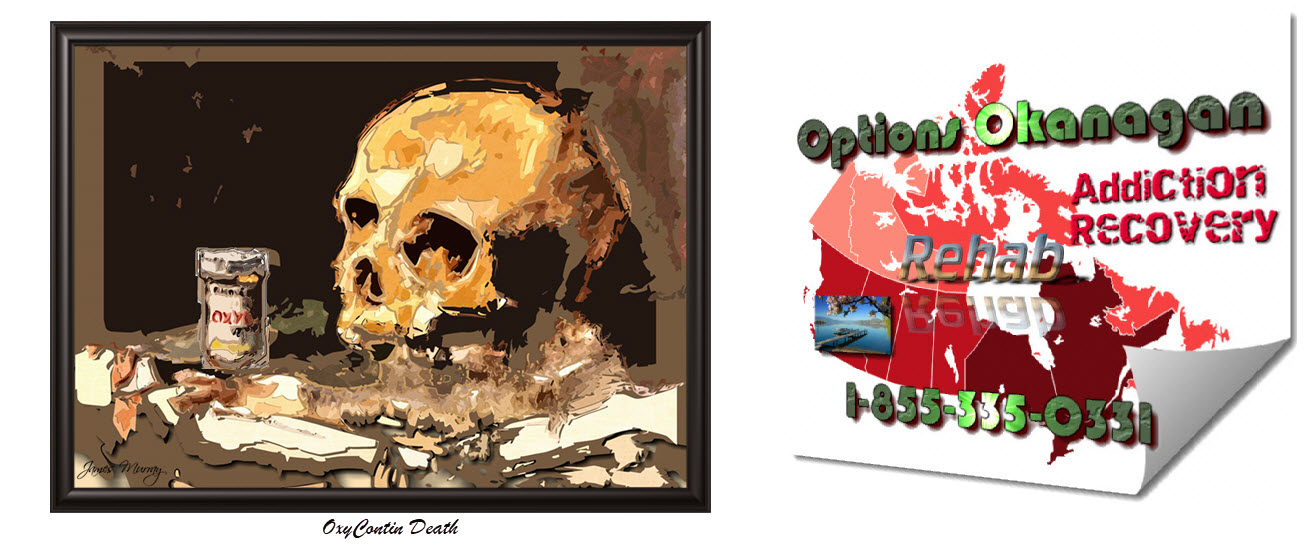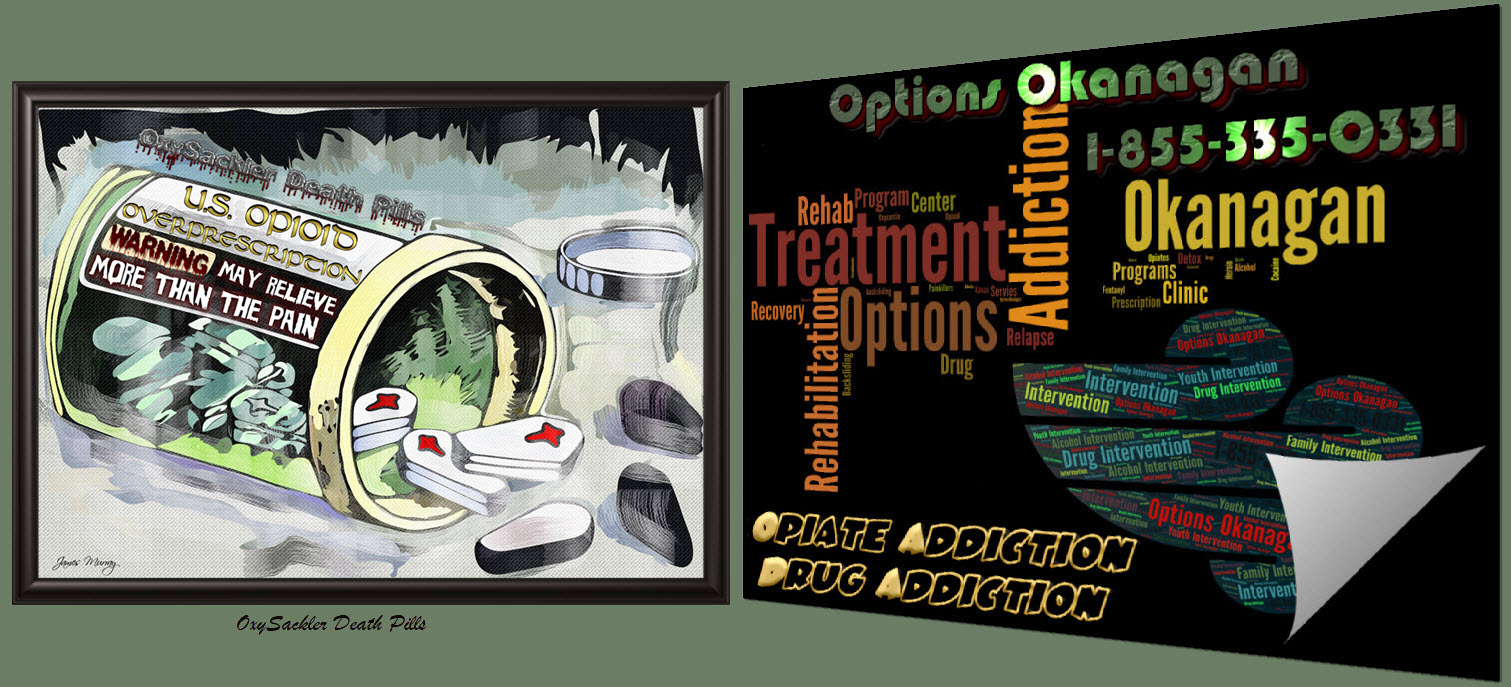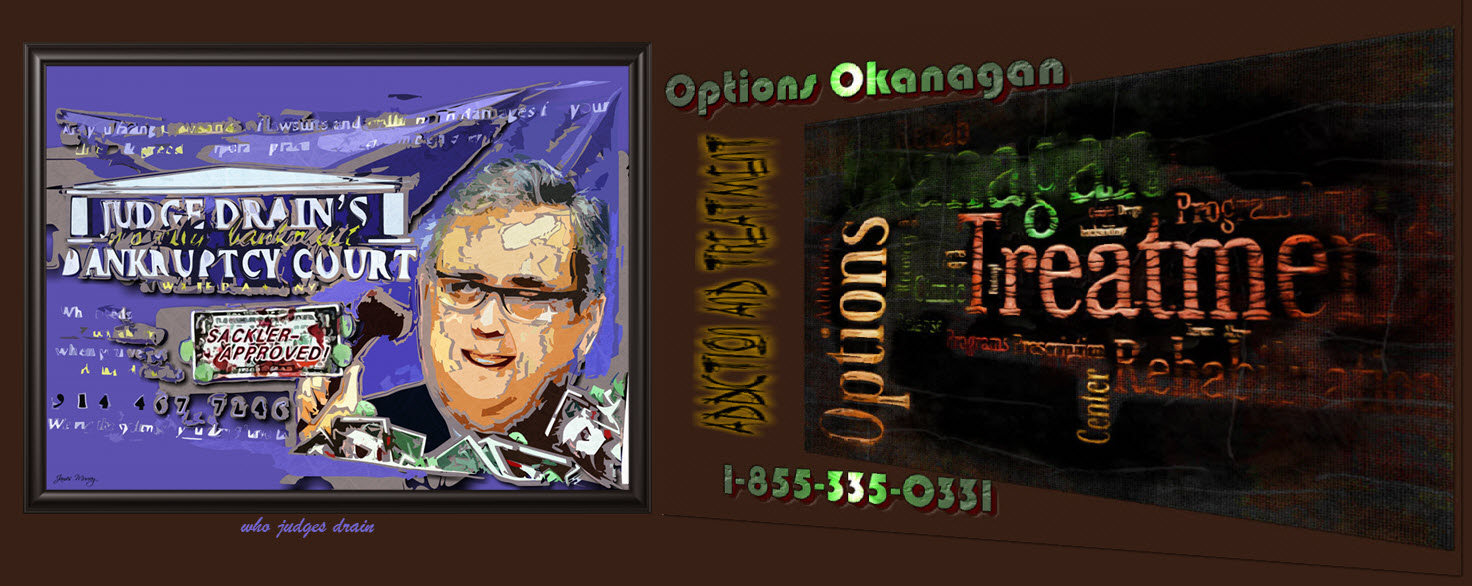Oxycontin caused the opioid crisis, but stigma and bans fueled it. Prescription drug abuse and addiction – Opiate and prescription drug OxyContin intervention in British Columbia and Alberta – Options Treatment Center in Kelowna, British Columbia treating prescription drug, OxyContin, opioid, opiate, fentanyl, heroin, and alcohol addiction and recovery.
Prescription Drug Oxycontin Rehabs In Alberta And BC
Oxycontin caused the opioid crisis, but stigma and bans fueled it
The research showcases that the illegal drug market will adapt to drug demand and law enforcement efforts.
The highly controversial Purdue Pharmaceuticals, Sackler Family agreement by Judge Drain on Sept. 1, 2021. The drug overdose epidemic, which has spanned more than two decades, has claimed more than 800,000 lives since the late 1990s. Current estimates suggest that approximately 2 to 3 million people just in the United States alone use heroin and 2 million people use over-the-counter pharmaceutical opioids.
Since 2010 while researching and writing about the overdose crisis for rehab treatment centers, and to understand its roots and consequences, and as a person in the drug rehab treatment world more and more funerals are being held for people who had Opioid addictions every year. What I have found is an increasingly dangerous drug environment for drug users with Fentanyl entering into the picture, often exacerbated by guidelines that are not based on research and attitudes that are detrimental to those who are affected.
How the ban feeds a dangerous market
Research shows that the illegal drug market will adapt to drug demand and law enforcement efforts.
One of the first consequences of increased demand for drugs is that these illegal drugs become cheaper over time, such as the prices for heroin and cocaine have been declining for decades. Political economists explain that this demand, combined with globalization, increases competition and efficiency, resulting in more and more illegal drugs are on the black market, which in turn lowers prices.
Secondly, drugs are getting stronger in response to drug bans. Stronger products in smaller packages are easier to transport and harder to detect by law enforcement efforts. The US overdose crisis has been an example of the devastating interaction between demand and prohibition.
In 1996, OxyContin was launched and marketed as a revolutionary intervention in medical pain management. Purdue Pharma, the manufacturer, deliberately downplays the potential for addiction, they produced a false claim that less than 1 percent will get addicted. As an opioid and central nervous system sedative, OxyContin has effects similar to morphine or heroin. Not surprisingly, research shows that the pattern of opioid prescribing from 1999 to 2008 is directly linked to an increase in overdose deaths.
As concerns about opioid overdose increased, prescribing practices were monitored. Purdue Pharma in 2010 replaced the original OxyContin pill with a new “abuse prevention” formula that made it more difficult for individuals to crush the pill and inhale the powder. As a result, many people who are addicted to OxyContin turn to heroin which is cheaper and easier to obtain. This has led to an increase in fatal heroin-related overdoses, often referred to as the second wave of the overdose crisis.
The growing heroin market paved the way for Fentanyl to enter the US illegal drug market. Fentanyl, a drug for severe pain, is 50 times more potent than heroin. In terms of shipping and traffic efficiency, fentanyl is easier to transport and sell than heroin. Fentanyl’s entry into the illegal drug market, especially when combined with heroin, has resulted in a doubling and tripling of overdose deaths between 2012 and 2013.
Since then, Fentanyl has polluted the supply of illegal drugs in the United States: it is often found not only in heroin, but also in cocaine, MDMA, known as ecstasy, methamphetamine, and counterfeit prescription pills. The result is that individuals who take these drugs do not know what are the contents or percentage mixtures or even if it’s real heroin they are using.
With the growing overdose crisis, the community of color, in particular, has seen an increase in fatal overdoses, and these deaths that are often preventable. And recently, disruptions to the COVID-19 supply chain have caused individuals to use up everything available, leading to an increase in drug overdoses.
Oxycontin Caused The Opioid Crisis, But Stigma And Bans Fueled It (PART 01)
Oxycontin Caused The Opioid Crisis, But Stigma And Bans Fueled It (PART 02) – Nov.05, 2021
Options Okanagan Opiate Oxycontin and Alcohol Treatment Centers in Kelowna, Salmon Arm and Vancouver, British Columbia – Men and Women are recovering and healing from Alcohol and Drug Abuse at our treatment center here in the Okanagan right now.
Our unique and distinctive Opiate Drug and Alcohol treatment program allow men and women to come in from Calgary as well as Edmonton as we offer airport pickup.
Numerous clients come to us from Vancouver, Calgary, and Edmonton and other locations in Alberta and even other provinces for Opiate addiction treatment, heroin drug treatment, many other drugs, and alcohol addictions for rehabilitation because of the uniqueness of our treatment center.
Our (Kelowna) Alcohol and Drug Treatment Program Location:
(Not Mailing Address) – Contact Us – Web Page
For Mail Delivery :: Please contact each center for correct mailing addresses, also this location is the location of our residential treatment programs in Kelowna. Please call Toll Free 1-855-335-0331 – to contact the treatment center you are going to for the address and directions.
Options Okanagan Drug and Opiate Treatment Center
551 Sherrydale Crescent, Kelowna, British Columbia, V1V 2E6
Toll-Free Phone Number: 1-855-335-0331




